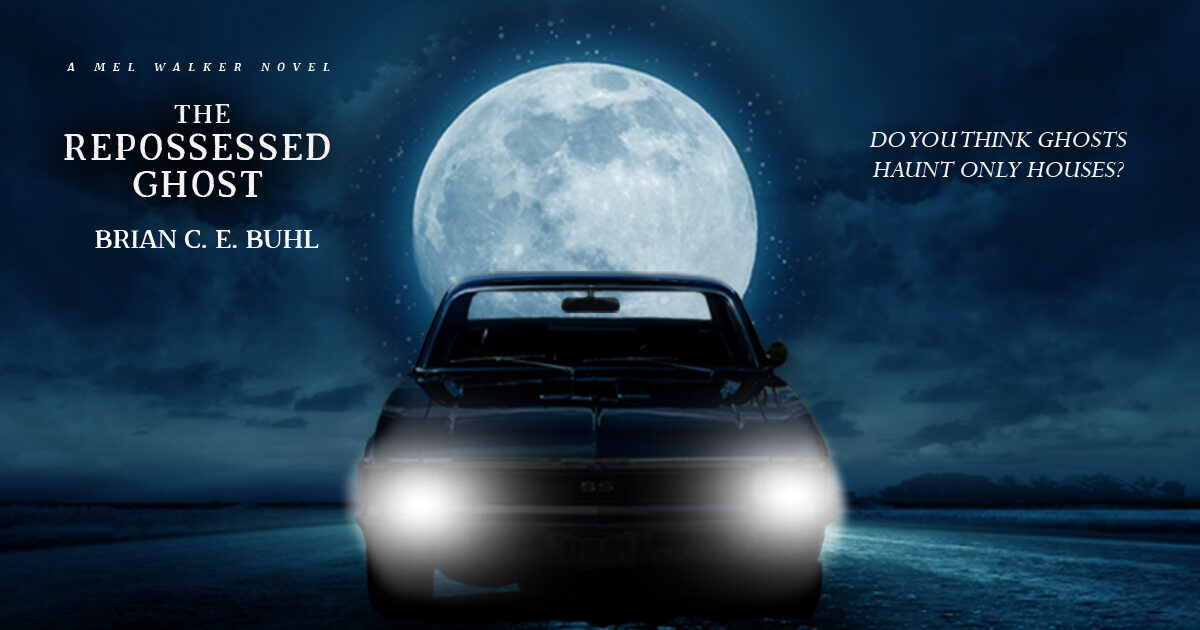I’m not sure I’ve ever really talked about how I create characters for my stories or for my roleplaying games. Sometimes the process is similar, but usually it’s very different.
With a game, I’m looking at rules and balance, and how I will be able to act as the character so that everyone at the table has a good time. Some meta gaming may be involved, but not always. Can I speak in an Irish accent? Do I want to be the guy that supports the group from the back, the meat shield that protects the group from the front, or maybe a sneaky and spry fellow that strikes from the shadows?
This isn’t generally how I think of characters for stories. I bring it up because many of you know that I’m a gamer, and some of you know that Mel Walker started as a character in a roleplaying game.
Some writers create character sheets and build characters just like they’re about to take them into a game. If that approach works for you, keep at it! It’s not my way, but that doesn’t mean that it isn’t a way.
When I’m thinking about characters in a story, I build them up in my mind one layer at a time. The first layer is all about tone. Is this person happy, sad, angry, bitter, jealous… you get the idea. When I decide on the emotion they’re going to exert on the scene, I ask why they’re feeling that way. Sometimes the answer is obvious. Sometimes the angry receptionist is just an angry receptionist, but I always consider what sort of breadcrumbs I might leave for allowing the reader to figure out what’s going on in their head. If you’re familiar with “show, don’t tell,” this is a place where showing really shines.
Next I ask what myself what they sound like. This gives me hints on how to write their dialog. Sometimes, the character’s voice will remind me of someone I know, and I might tease out some quality of that other person to give the character something real.
Somewhere in this process, I consider what they’re purpose is for the scene I’m about to write. Once I’ve figured out some details about the character, I might determine that I don’t want them for my next scene at all. I’ll put them on the back burner and pull them out when it’s their time to contribute.
A scene has a starting point and an ending point, and it involves one or more characters trying to overcome an obstacle. Sometimes the obstacle is another character. Is the character I’m adding to the scene trying to help or hinder the main character? Why are they on the side they’re on?
Imagine our hero is at the bottom of a pit trap. Before the scene began, they fell in, miraculously avoiding a broken ankle at the bottom. But the walls of the trap are slick mud, and there is someone at the top of the trap with a spear. I probably already know quite a bit about the hero, but who is this other guy? Is he there to stab the hero when the hero tries to climb out, or is going to lower his weapon to give the hero something to grab onto, and help them out? Who is this guy, and why are they doing whatever it is they’re about to do? Is it personal? Is it a paycheck?
When creating characters like this, I try to consider how much time they’re going to spend in the story. Are they a waitress that’s only there for one scene? If so, I don’t need to do that much with them. They probably don’t even need a name. However, if they’re going to have any screen time at all, I’m going to give them something that implies character.
If this character is going to show up a bit more in the story, I’ll look at where they fit into the bigger picture. I’ll get to their motivation, and I’ll see if there is some kind of arc I can give them. It doesn’t have to be major. They don’t need to steal attention from the main character. But imagine a cop that shows up early on, and they seem like a nice enough guy, but there is something in their past that is getting in their way, and by the end of the story, they find the courage to overcome their trauma. Are you thinking of the first Die Hard movie now, because I am.
If I’m working on a major character, I’m going to consider them more and flesh out smaller details. Then I’ll either try them out in the scene, or if I’m struggling with their voice, I’ll write some throw away stuff that gives me the opportunity to play with their personality and voice. Once I’ve got it locked in, I can return to the main story and continue.
These are a few thoughts on characterization. We’ll do some more with that this week.
